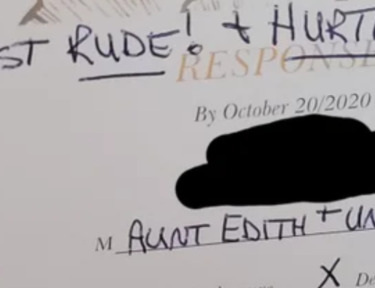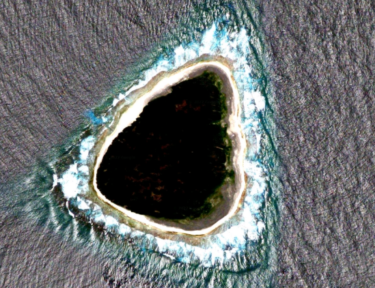‘Christmas Star’ Will Light Up the December Sky for the First Time in 800 Years
It’s a Christmas miracle! Kind of.
As we prepare for the upcoming holiday, this year, we all might be feeling a bit less jolly. With the ongoing COVID-19 pandemic, you might be wondering if you’ll get to see your family and celebrate as you used to.
If you’re feeling a bit bummed this year, it might help to know that there’s going to be a bit of magic happening in the sky—something you can share with your family (in the northern hemisphere) from afar.
On December 21, 2020, (the date of the winter solstice, you’re going to be able to witness a “Christmas Star”—the first one to appear in the last 800 years!
A Christmas Star is when Jupiter and Saturn line up and appear as if they’re super close together. This makes the two planets look like one big planet, creating a super bright, somewhat magical light.
The Christmas Star, also sometimes called the “Star of Bethlehem,” literally hasn’t occurred since the Middle Ages. Of course, 2020 would be the year for it to appear! (We’re not complaining.)
“Alignments between these two planets are rather rare, occurring once every 20 years or so, but this conjunction is exceptionally rare because of how close the planets will appear to be to one another, “explained Patrick Hartigan, an astronomer at Rice University. “You’d have to go all the way back to just before dawn on March 4, 1226, to see a closer alignment between these objects visible in the night sky.”
It’s not that the planets don’t line up regularly, but it’s more the fact that they will look lined up to the people of the Earth. And that’s pretty darn cool if we do say so ourselves.
The best part: You’ll be able to witness the ‘star’ “anywhere on Earth where skies are clear,” according to Forbes. About an hour after the sun sets on December 21, the planets will seem like they’re low in the sky. Be sure to look at the sky each day that week and you may be able to catch it.
“All you need is an unobstructed view to the southwest, and to look to the southwest from about 45 minutes after sunset where you are,” Forbes states.
You won’t have another chance to see something like this until March 15, 2080—so don’t miss it!
Have you heard of a “Christmas Star” before? Will you be star gazing outside this night or using your telescope from inside?




